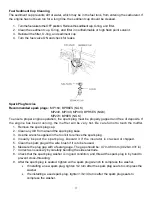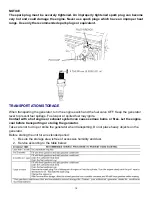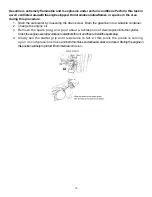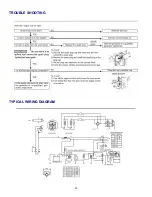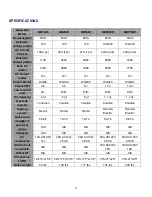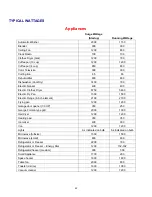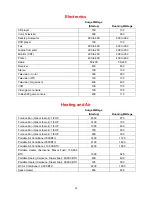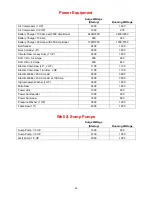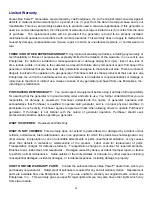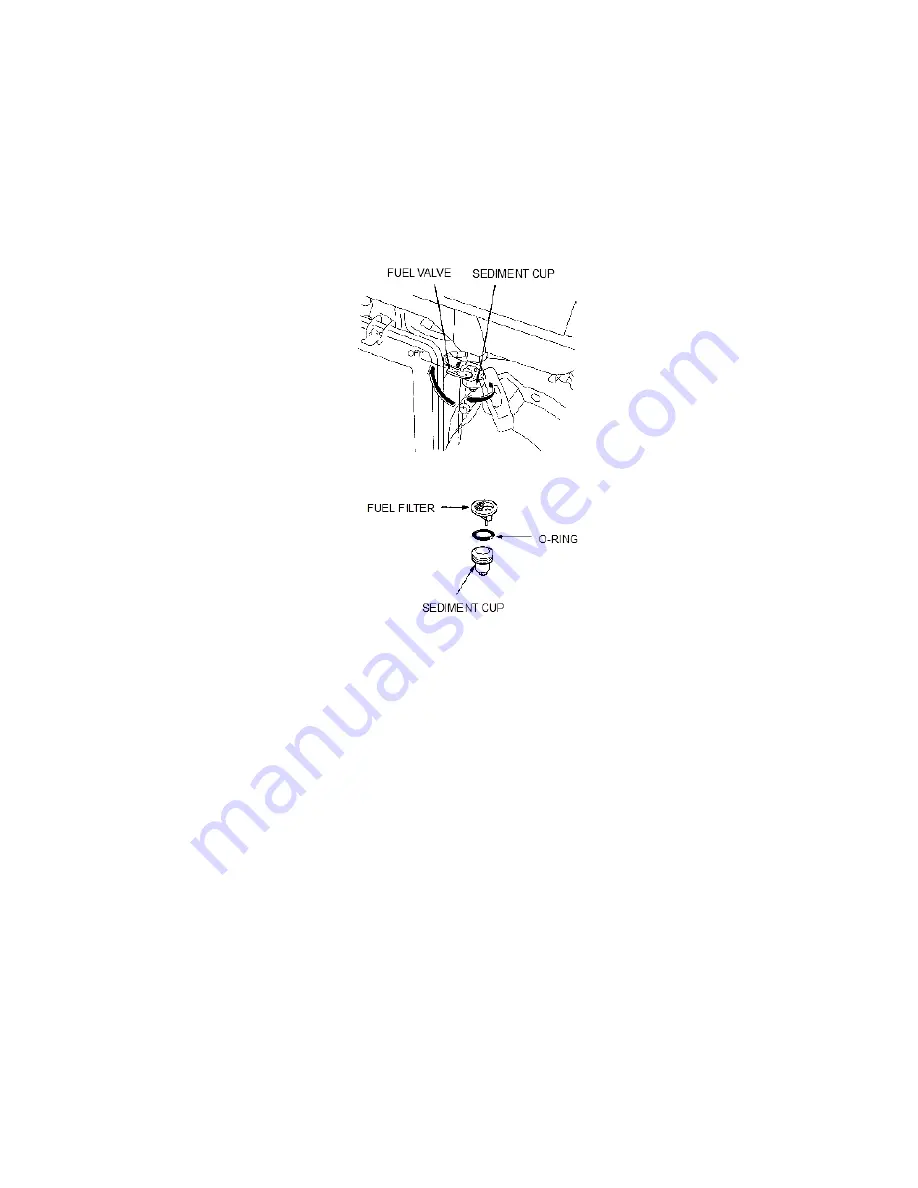
17
Fuel Sediment Cup Cleaning
The sediment cup prevents dirt or water, which may be in the fuel tank, from entering the carburetor. If
the engine has not been run for a long time, the sediment cup should be cleaned.
1. Turn the fuel valve to the OFF position. Remove the sediment cup, O-ring, and filter.
2. Clean the sediment cup, O-ring, and filter in nonflammable or high flash point solvent.
3. Reinstall the filter, O-ring, and sediment cup.
4. Turn the fuel valve ON and check for leaks.
Spark Plug Service
Recommended spark plugs:
MP160; BPR6ES (NGK)
MP240, MP340, MP390; BPR5ES (NGK)
MP270; BP6ES (NGK)
To ensure proper engine operation, the spark plug must be properly gapped and free of deposits. If
the engine has been running, the muffler will be very hot. Be careful not to touch the muffler.
1. Remove the spark plug cap.
2. Clean any dirt from around the spark plug base.
3. Use the wrench supplied in the tool kit to remove the spark plug.
4. Visually inspect the spark plug. Discard it if the insulator is cracked or chipped.
5. Clean the spark plug with a wire brush if it is to be reused.
6. Measure the plug gap with a feeler gauge. The gap should be: 0.70-0.80 mm (0.028-0.031 in)
7. Correct as necessary by carefully bending the side electrode.
8. Check that the spark plug washer is in good condition, and thread the spark plug in by hand to
prevent cross-threading.
9. After the spark plug is seated, tighten with a spark plug wrench to compress the washer.
•
If installing a new spark plug, tighten 1/2 turn after the spark plug seats to compress the
washer.
•
If reinstalling a used spark plug, tighten 1/8-1/4 turns after the spark plug seats to
compress the washer.















